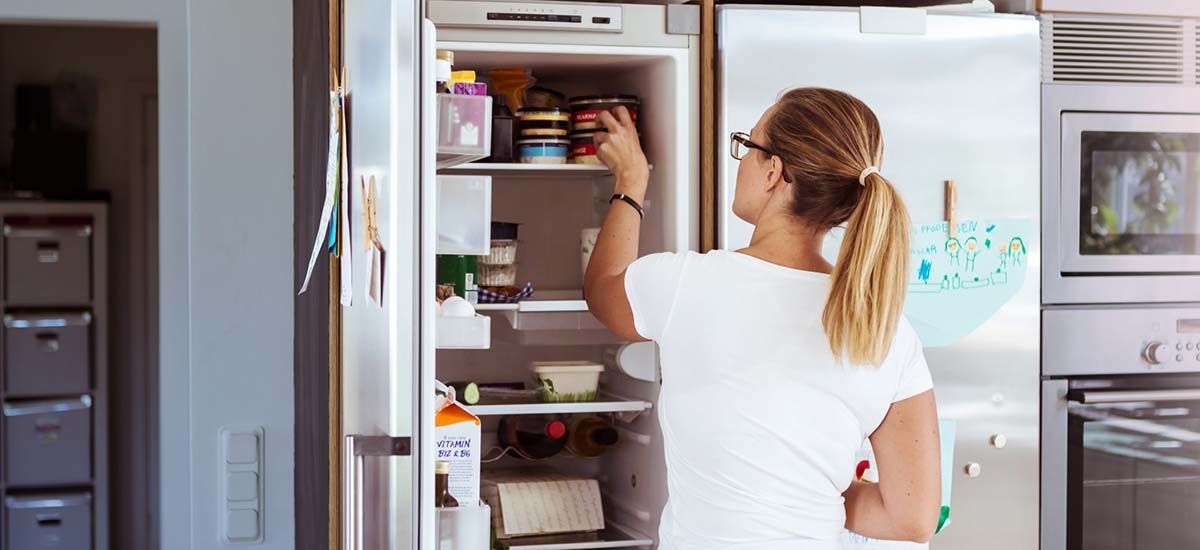Common Problems with Refrigerators and How to Fix Them

A malfunctioning refrigerator can be a major inconvenience, not to mention a significant source of food waste. Fortunately, many common refrigerator problems are relatively easy to diagnose and fix yourself.
In general, if you’re experiencing any problems with your refrigerator, it’s important to act quickly and call a professional refrigerator repair technician to diagnose and fix the issue.
Here are some of the most common issues with refrigerators and how to troubleshoot and repair them.
Common refrigerator problems
- One of the most common problems with refrigerators is that they stop cooling properly. If your fridge is not keeping your food cold, there are a few possible causes. First, check to make sure that the fridge is set to the correct temperature. If the temperature is set too low, the fridge may not be able to keep up with the demand for cold air. Adjust the temperature setting and wait a few hours to see if the fridge starts cooling properly.
- If the temperature is set correctly and the fridge is still not cooling, the issue may be with the compressor. The compressor is responsible for circulating refrigerant throughout the fridge, and if it is not functioning properly, the fridge will not be able to produce cold air. To test the compressor, unplug the fridge and locate the compressor at the back of the fridge. Using a multimeter, test the compressor for continuity by setting the meter to the “continuity” setting and touching the probes to the terminals on the compressor. If the meter does not register continuity, the compressor is likely faulty and will need to be replaced.
- Another common problem with refrigerators is that they develop leaks. If your fridge is leaking water, it could be due to a clogged or frozen defrost drain. The defrost drain is responsible for carrying excess water from the fridge to the drain pan, and if it is clogged or frozen, the water will have nowhere to go and will leak onto the floor. To fix a clogged or frozen defrost drain, unplug the fridge and use a turkey baster or syringe to inject hot water into the drain to clear the blockage. If the drain is still clogged, you may need to remove the drain cover and use a small wire or pipe cleaner to clear the obstruction.
- If your fridge is leaking from the back, it could be due to a faulty water inlet valve. The water inlet valve is responsible for controlling the flow of water to the icemaker and water dispenser, and if it is faulty, water can leak from the valve and onto the floor. To test the water inlet valve, unplug the fridge and locate the valve behind the fridge, near the water supply line. Using a multimeter, test the valve for continuity by setting the meter to the “continuity” setting and touching the probes to the terminals on the valve. If the meter does not register continuity, the valve is likely faulty and will need to be replaced.
- In addition to these common problems, another issue that can affect refrigerators is an accumulation of ice or frost in the freezer. This can be caused by a faulty door seal, which allows warm air to enter the freezer and cause the frost to form. To fix this problem, check the door seal for any gaps or damage, and replace the seal if necessary. You can also try to defrost the freezer by turning it off and letting the ice melt naturally, then cleaning the freezer thoroughly before turning it back on.
- If your fridge is making loud or unusual noises, it could be due to a problem with the condenser fan or the evaporator fan. The condenser fan is responsible for circulating air over the condenser coils to cool the refrigerant, while the evaporator fan circulates air over the evaporator coils to create cold air for the fridge. If either of these fans is faulty or obstructed, it can cause loud noises. To fix refrigerator with this problem, unplug the fridge and locate the fans at the back of the fridge. Use a screwdriver to carefully remove any debris or obstruction from the fans, and if the fans are faulty, they will need to be replaced.
Don’t delay your refrigerator repair
In conclusion, if your refrigerator is not cooling properly or is leaking, there are a few steps you can take to troubleshoot and fix the issue. Start by checking the temperature setting and testing the compressor, then move on to checking the defrost drain and water inlet valve. If you’re unable to fix the problem on your own, don’t hesitate to call a professional appliance repair technician for assistance.
fix refrigerator problems, how to, how to fix refrigerator, ice dispenser, refrigerator repair

